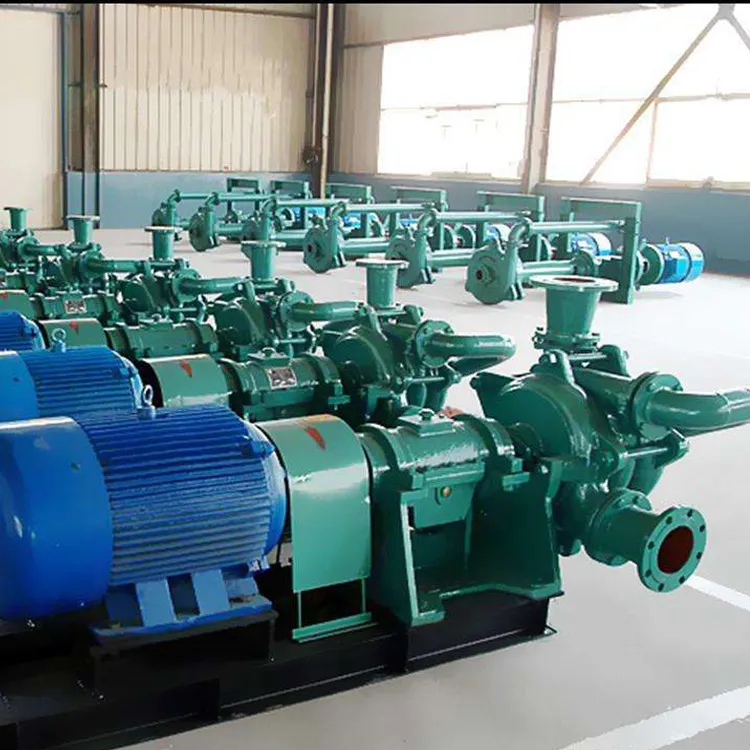Greek
- Afrikaans
- Albanian
- Amharic
- Arabic
- Armenian
- Azerbaijani
- Basque
- Belarusian
- Bengali
- Bosnian
- Bulgarian
- Catalan
- Cebuano
- Corsican
- Croatian
- Czech
- Danish
- Dutch
- English
- Esperanto
- Estonian
- Finnish
- French
- Frisian
- Galician
- Georgian
- German
- Greek
- Gujarati
- Haitian Creole
- hausa
- hawaiian
- Hebrew
- Hindi
- Miao
- Hungarian
- Icelandic
- igbo
- Indonesian
- irish
- Italian
- Japanese
- Javanese
- Kannada
- kazakh
- Khmer
- Rwandese
- Korean
- Kurdish
- Kyrgyz
- Lao
- Latin
- Latvian
- Lithuanian
- Luxembourgish
- Macedonian
- Malgashi
- Malay
- Malayalam
- Maltese
- Maori
- Marathi
- Mongolian
- Myanmar
- Nepali
- Norwegian
- Norwegian
- Occitan
- Pashto
- Persian
- Polish
- Portuguese
- Punjabi
- Romanian
- Russian
- Samoan
- Scottish Gaelic
- Serbian
- Sesotho
- Shona
- Sindhi
- Sinhala
- Slovak
- Slovenian
- Somali
- Spanish
- Sundanese
- Swahili
- Swedish
- Tagalog
- Tajik
- Tamil
- Tatar
- Telugu
- Thai
- Turkish
- Turkmen
- Ukrainian
- Urdu
- Uighur
- Uzbek
- Vietnamese
- Welsh
- Bantu
- Yiddish
- Yoruba
- Zulu
Telephone: +86 13120555503
Email: frank@cypump.com
Νοέ . 02, 2024 07:33 Back to list
submersible slurry pumps
Submersible Slurry Pumps A Comprehensive Overview
Submersible slurry pumps have become an essential component in various industries, particularly for handling thick, viscous fluids containing solid particles. They are specifically designed to operate underwater, making them ideal for applications in mining, construction, and wastewater management. This article delves into the functioning, benefits, and applications of submersible slurry pumps, shedding light on why they are a critical tool in modern industrial operations.
Functioning of Submersible Slurry Pumps
Submersible slurry pumps are characterized by their unique construction, which allows them to be submerged directly in the fluid they are pumping. Unlike traditional centrifugal pumps, which pull fluid in from above, submersible pumps push the slurry upward through a discharge pipe. These pumps are equipped with robust impellers that can handle solid particles, ensuring efficient movement of thick mixtures without clogging.
When a submersible slurry pump is operated, the motor is housed within a watertight casing, allowing it to function in submerged conditions. The impeller creates a pressure differential, enabling the slurry to be lifted and discharged at the desired location. This configuration not only improves efficiency but also minimizes the risk of equipment damage commonly associated with surface-level pumps.
Benefits of Submersible Slurry Pumps
One of the most significant advantages of submersible slurry pumps is their ability to transport heavy and abrasive materials
. They can effectively manage slurries containing sediments, sludges, and even larger particles without compromising performance. Additionally, these pumps are less susceptible to cavitation, a common issue in other types of pumps that can lead to equipment failure.submersible slurry pumps

Another key benefit is their space-saving design. Since submersible slurry pumps are installed directly in the fluid, they require less surface space, making them ideal for confined site conditions. Their robust construction often includes wear-resistant materials, extending their lifespan significantly and reducing maintenance costs.
Moreover, these pumps are equipped with features such as automatic shut-off capabilities and variable speed controls, which enhance operational safety and efficiency. By adjusting the speed according to the slurry's viscosity and particle concentration, operators can optimize performance and energy consumption.
Applications of Submersible Slurry Pumps
Submersible slurry pumps are widely used across various sectors. In mining operations, they are essential for dewatering processes, where water mixed with fine ore and minerals must be efficiently removed. Construction sites also benefit from these pumps, particularly for managing groundwater and preventing site flooding during excavation activities.
In the wastewater treatment industry, submersible slurry pumps play a crucial role in transporting sludge and other waste materials to treatment facilities. Their ability to handle tough, viscous slurries makes them indispensable in maintaining efficient and effective wastewater management systems.
In conclusion, submersible slurry pumps represent a vital technology for efficiently managing heavy, particle-laden fluids in various industrial applications. Their robust design, efficiency, and versatility make them a preferred choice for industries that demand reliable and effective fluid transport solutions. As industries continue to grow and evolve, the role of submersible slurry pumps will become increasingly integral to operational success, driving innovation and efficiency across sectors.
-
Horizontal Split Case Pump with GPT-4 Turbo | High Efficiency
NewsAug.01,2025
-
ISG Series Pipeline Pump - Chi Yuan Pumps | High Efficiency, Durable Design
NewsAug.01,2025
-
Advanced Flue Gas Desulfurization Pump with GPT-4 Turbo | Durable & Efficient
NewsJul.31,2025
-
ISG Series Vertical Pipeline Pump - Chi Yuan Pumps | Advanced Hydraulic Design&Durable Construction
NewsJul.31,2025
-
ISG Series Vertical Pipeline Pump - Chi Yuan Pumps | Energy Efficient & Low Noise
NewsJul.31,2025
-
pipeline pump - Chi Yuan Pumps Co., LTD.|High Efficiency&Low Noise
NewsJul.31,2025










